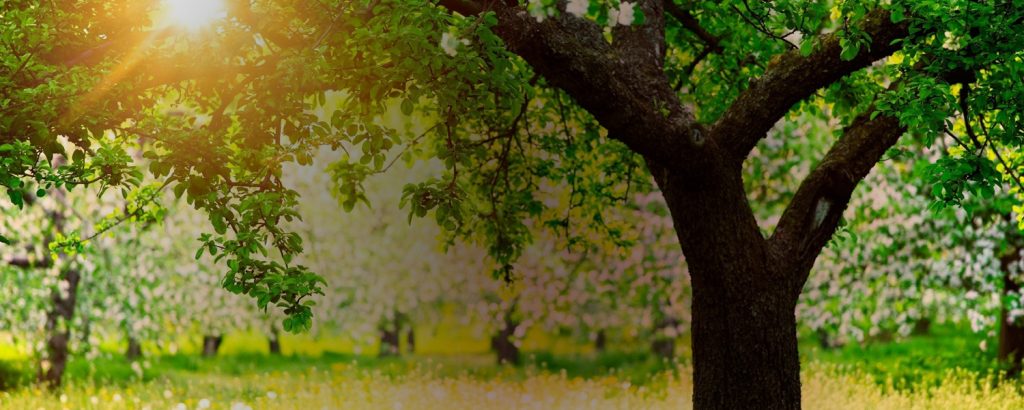
Managing a woodland
The future of woodlands relies on effective management, just as a garden needs constant maintenance and care to thrive. Trees must be thinned to grow well and invasive species like bramble have to be managed so that they don’t dominate other plants.
Woodland surveys can identify economic opportunities and legal responsibility, Phytophthora constraints, Felling Licences and other planning restrictions.
Woodlands that have a reason to be managed, perhaps for timber, firewood, access or green woodworking, are more likely to be receive love and attention long into the future, and indeed those woodlands that we have today have survived precisely because they have had an economic value to the local community- ‘the wood that pays is the wood that stays’.
Management styles could be aimed at:
Recreation/Sports and leisure activities.
Timber production/Resources.
Wildlife/Conservation.
A well managed woodland may include all or some of these aims.
Coppicing
Trees grow slowly, and in the fast modern world don’t produce the quick results many people have come to expect. Coppicing, however, sees a remarkably quick return on investment, and is as traditional as could be. The principle of coppicing is that you harvest shoots from the stump, or stool, of a cut-down tree. By cutting all the shoots from a stool together you produce Roundwood for different purposes: long thin sticks for beanpoles and straight ones hurdles, thicker stakes for hedge laying. Logs for firewood and green woodworking may be sourced from standard trees or from restoring neglected coppice .
Hazel and chestnut are prized for coppicing because their timber is durable but isn’t highly valued in larger dimensions. Oak, ash and beech, which all produce high-value logs once grown to maturity, can be coppiced, but tend not to be managed in the same quantities as hazel and chestnut.
One of the added benefits of coppicing within a woodland is that it promotes biodiversity. There will always be areas (or coupes) of coppice at different stages to provide habitat for a range of wildlife. Dormice thrive amidst coppice, and the extra light reaching the forest floor encourages bluebells and other plants. As a consequence coppiced woodland attracts butterflies, and obviously the whole ecosystem blossoms as a result.
The market for coppice products is still small, but a growing number of people are recognising the value of this traditional form of woodland management. There is plenty of derelict coppice that needs rejuvenating.
